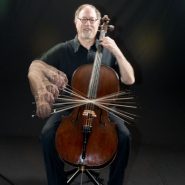Tag: bow distribution
By Robert Jesselson April 22, 2019
Subjects Repertoire, Technique
By Robert Jesselson December 17, 2018
By Robert Jesselson December 2, 2018
Subjects Repertoire, Technique
By Robert Jesselson October 22, 2018
By Robert Jesselson October 13, 2018











